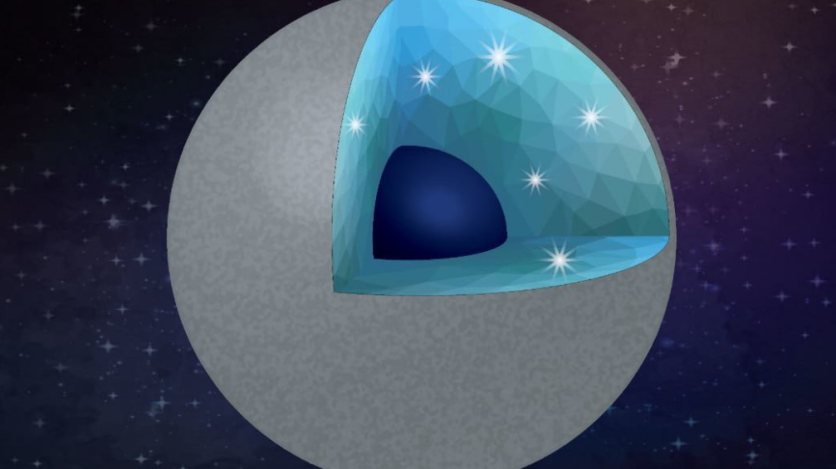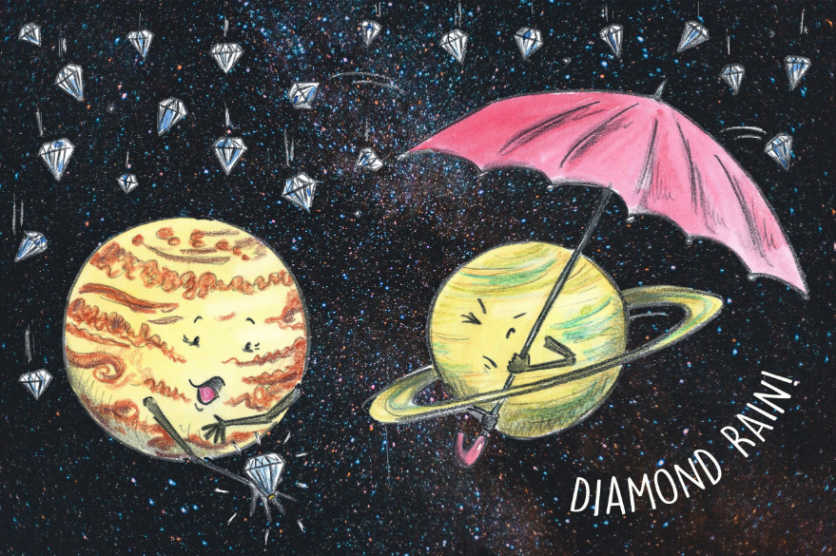Different kinds of planets with weird characteristics are still undiscovered in outer space. And now, scientists discovered new worlds made of "diamonds," hanging out in the cosmos.

Exoplanets could be made of diamonds, unlike anything in our solar system: In a concept straight out of a dream, new research shows that our universe could host carbon-rich planets made of diamonds. pic.twitter.com/DG2dsH5wZB — wall peterson (@wallpeterson1) September 13, 2020
Also Read : NASA to Pay Companies $15,000 to $25,000 to Bring Lunar Dirt Before Sending Humans Lunar to Moon in 2024
Unlike these space bodies, although Earth has quadrillion tons of diamonds supply, it is still not comparable to the number of precious stones these planets have. MIT researchers previously conducted a study to check how much precious stones Earth has.
The research published in "Geochemistry, Geophysics, Geosystems," observed the sound waves created by large-scale events like earthquakes, traveling beneath the planet. Scientists found out that the waves speed up because they hit large deposits of diamonds.
Their acquired data revealed unpredictable changes of sound waves deep in the Earth's crust, making them conclude that massive amounts of precious stones are located in the "cratonic roots." However, a new study suggested that there are planets out there that have even more diamonds.
The Arinoza State University and the University of Chicago's researchers revealed that carbon-rich exoplanets could essentially become giant spheres of diamond orbiting through space.
How these planets create lots and lots of diamonds
The scientists explained that planets could produce vast amounts of diamonds based on their stars' composition. If a star is made of carbon, there's a huge chance that the planets orbiting it are also rich in carbon since stars' material affects how exoplanets' formation.

Rain, rain go away... unless it's made of DIAMONDS! Scientists believe the combination of temp, pressure, and carbon on the gas giants is just right to make diamonds the size of peas. #scienceandadoodle #science #kidlitart #planets #colour_collective #vanilla pic.twitter.com/nsGbnMEd7v — Ellie Peterson (@elliepeterson) July 6, 2018
Water is another critical component in creating a "diamond exoplanet." Researchers said that carbon, water, and pressure created because of gravity, could lead to planets' interiors packed with these precious stones.
To prove their theory, they placed a silicon carbide underwater and then boosted the carbon's stress by compressing it with diamond "anvils. A laser was used to mimic a carbon-rich planet's conditions. The experiment resulted in diamonds and silica, just like the expected.
For more news updates about space, always keep your tabs open here at TechTimes.
This article is owned by TechTimes,
Written by: Giuliano de Leon.




